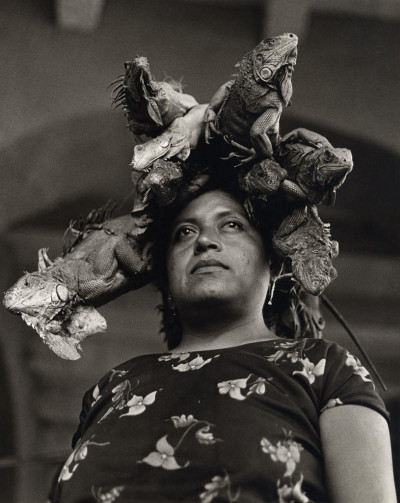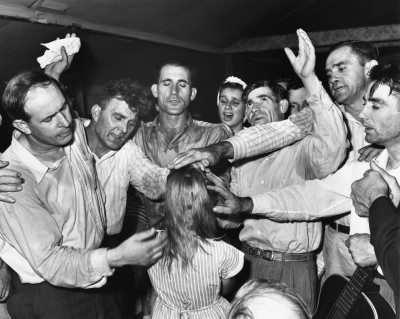
Martin Chambi Collection
Martin Chambi
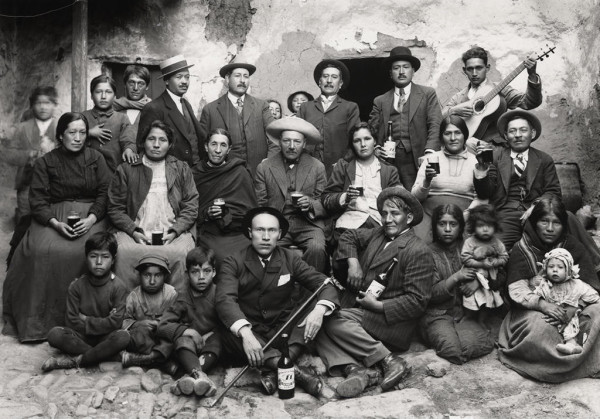
Martin Chambi Collection
Martin Chambi
- Photographic
- Historical Documentary
- International Documentary
- Communities
- Portraits
- Rural Locations
- Historical
- World
The Martin Chambi Collection offers a vivid portrait of Peruvian life between the 1920s and 1970s, centred on the Indigenous communities of the Andes. Based in Cuzco, Chambi worked as a commercial portrait photographer, documenting weddings, fiestas and social events, while also capturing rural life, street scenes and archaeological sites. His images reveal a society shaped by both Inca heritage and colonial influence, combining technical skill with deep cultural insight. Chambi’s work remains a landmark in Latin American photography and a powerful record of Peru’s social and cultural landscape.
Martin Chambi (1891–1973) was a pioneering Peruvian photographer, celebrated for his portraits and landscapes that documented Indigenous life and culture in the Andean region. Born in Coaza, in the Puno region of southern Peru, Chambi began his career in photography as an assistant in a studio in Arequipa, later establishing his own in Cusco in the 1920s. He was among the first major Indigenous Latin American photographers and is known for the technical quality of his work and the dignity with which he represented his subjects.
He combined a documentary sensibility with strong aesthetic composition, creating a visual archive of early 20th century Peru that was both personal and historical. His work helped define Peruvian identity at a time of social and political change and has had a lasting influence on Latin American photography.
His legacy was reintroduced to international audiences in the 1970s through exhibitions and publications, and his archive has since become an essential reference for the visual history of the Andes. His images have been exhibited worldwide, including at Side, where his work was shown as part of a commitment to socially engaged and culturally significant documentary photography.
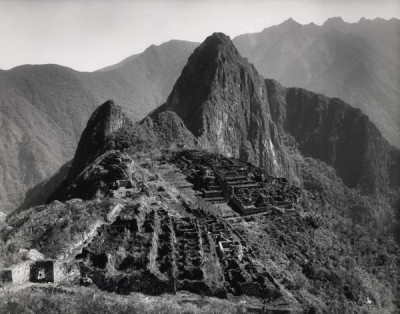
Chambi Collection: Machu Picchu, c. 1934
- Ref: 080-020-LBW
- Date: c. 1934
- Artist: Martin Chambi
- Copyright: © Estate of Martin Chambi
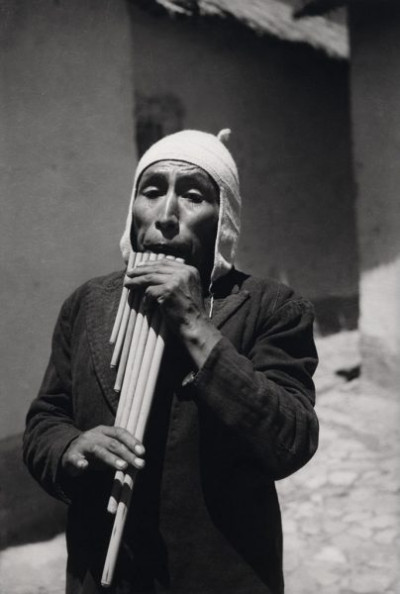
Chambi Collection: Musician playing “Zampona”, Puno, 1925
- Ref: 080-008-PBW
- Date: 1925
- Artist: Martin Chambi
- Copyright: © Estate of Martin Chambi
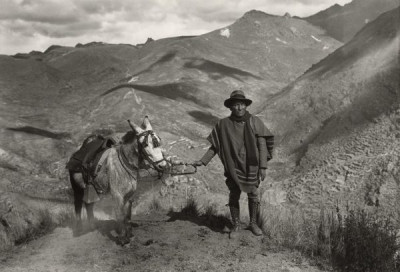
Chambi Collection: Self-portrait near native village of Coaza Carabaya, Puno, c. 1930.
- Ref: 080-009-LBW
- Date: 1930
- Artist: Martin Chambi
- Copyright: © Estate of Martin Chambi
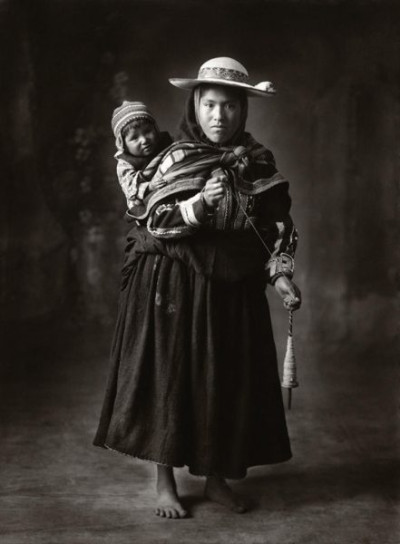
Chambi Collection: Indian woman and child from Keromarca, Kanchis; Cuzco Studio, 1934
- Ref: 080-005-PBW
- Date: 1934
- Artist: Martin Chambi
- Copyright: © Estate of Martin Chambi
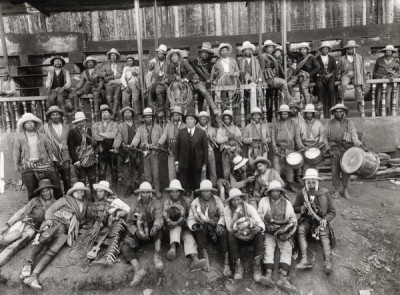
Chambi Collection: Hacienda owner and workers, Chumbivilcas Region, c. 1945
- Ref: 080-002-LBW
- Date: 1945
- Artist: Martin Chambi
- Copyright: © Estate of Martin Chambi
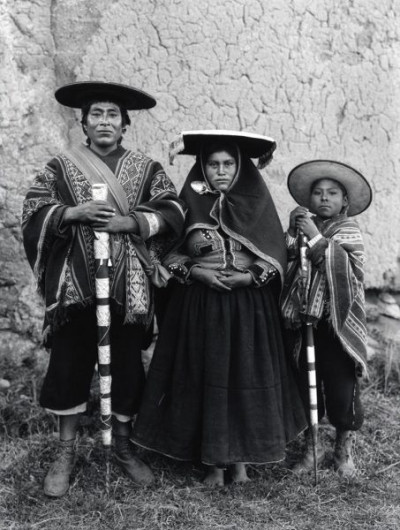
Chambi Collection: Indian “Varayoc” (Mayor) and family; Tinta, Kanchis, c. 1934
- Ref: 080-003-PBW
- Date: 1934
- Artist: Martin Chambi
- Copyright: © Estate of Martin Chambi
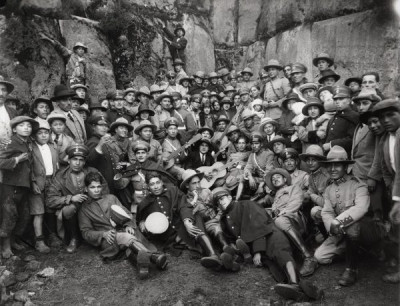
Fiesta of the Guardia Civil, Sacsayhuaman, Cuzco, 1930Chambi Collection:
- Ref: 080-018-LBW
- Date: 1930
- Artist: Martin Chambi
- Copyright: © Estate of Martin Chambi
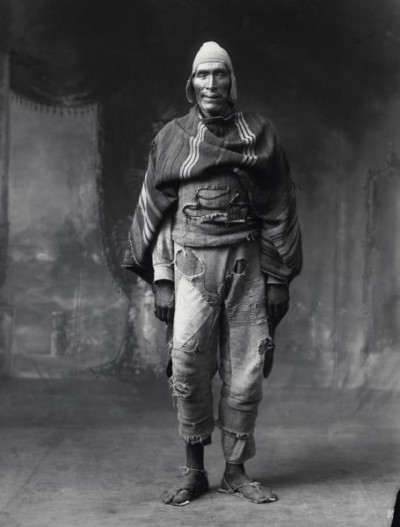
Chambi Collection: Indian from Paruro, Cuzco studio, c. 1932
- Ref: 080-014-PBW
- Date: 1932
- Artist: Martin Chambi
- Copyright: © Estate of Martin Chambi
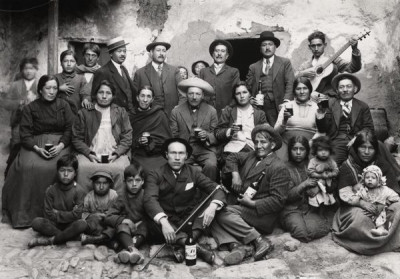
Chambi Collection: Fiesta gathering, Cuzco, c. 1930
- Ref: 080-006-LBW
- Date: 1930
- Artist: Martin Chambi
- Copyright: © Estate of Martin Chambi
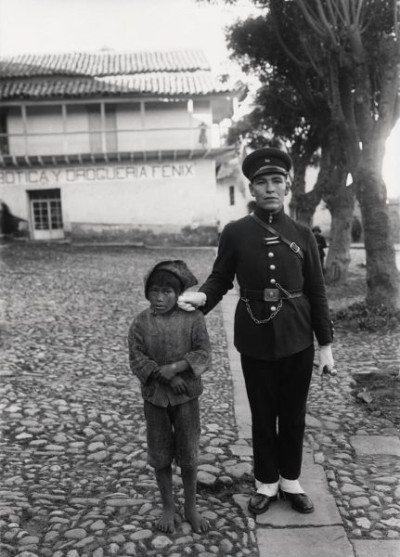
Chambi Collection: Policeman with boy, Cuzco, 1923
- Ref: 080-001-PBW
- Date: 1923
- Artist: Martin Chambi
- Copyright: © Estate of Martin Chambi
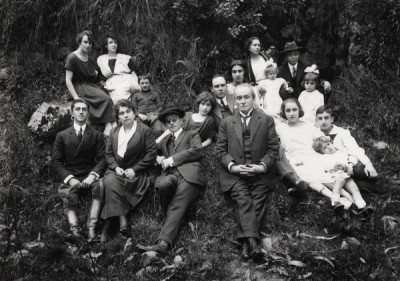
Chambi Collection: Cesar Lomellini family, Colcampata, Cuzco, 1928
- Ref: 080-019-LBW
- Date: 1928
- Artist: Martin Chambi
- Copyright: © Estate of Martin Chambi
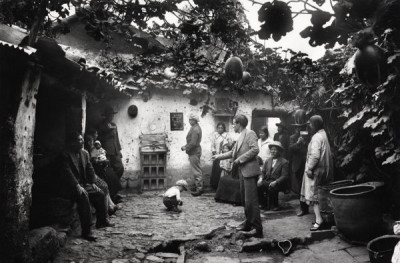
Chambi Collection: Playing ‘Sapo’, Chicheria on Pumacurco Street, Cuzco, 1932
- Ref: 080-016-LBW
- Date: 1932
- Artist: Martin Chambi
- Copyright: © Estate of Martin Chambi

Chambi Collection: Family group, Cuzco, c. 1931
- Ref: 080-007-LBW
- Date: 1931
- Artist: Martin Chambi
- Copyright: © Estate of Martin Chambi
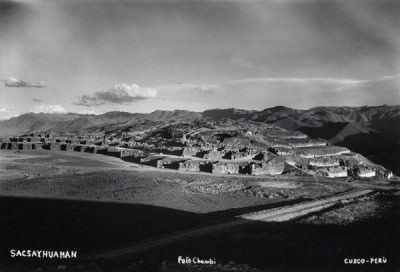
Chambi Collection: Sacsayhuaman, Cuzco, c. 1938
- Ref: 080-012-LBW
- Date: 1938
- Artist: Martin Chambi
- Copyright: © Estate of Martin Chambi
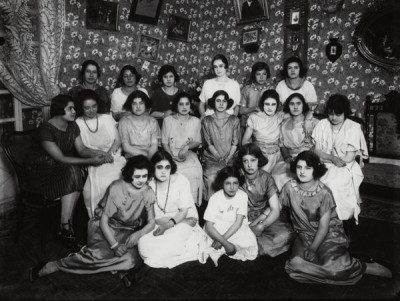
Chambi Collection: Birthday party, Cuzco, c. 1931
- Ref: 080-011-LBW
- Date: 1931
- Artist: Martin Chambi
- Copyright: © Estate of Martin Chambi
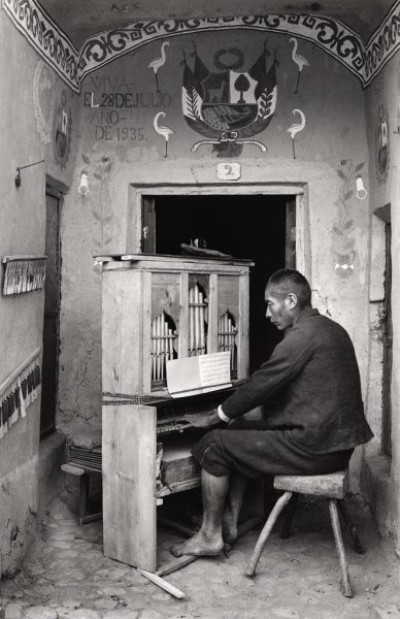
Chambi Collection: Organist, Chapel at Tinta, Kanchis, c. 1934
- Ref: 080-004-PBW
- Date: 1934
- Artist: Martin Chambi
- Copyright: © Estate of Martin Chambi
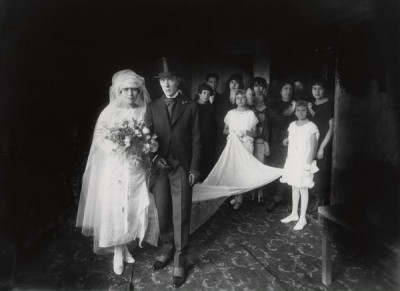
Chambi Collection: Gadea wedding, Cuzco, 1930
- Ref: 080-013-LBW
- Date: 1930
- Artist: Martin Chambi
- Copyright: © Estate of Martin Chambi
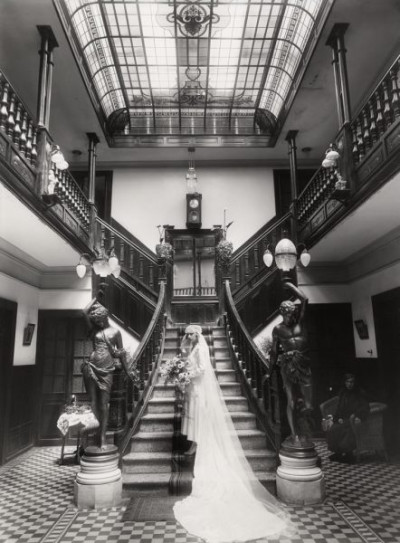
Chambi Collection: Sinorita Montez, Montez House, Cuzco, 1928
- Ref: 080-015-PBW
- Date: 1928
- Artist: Martin Chambi
- Copyright: © Estate of Martin Chambi
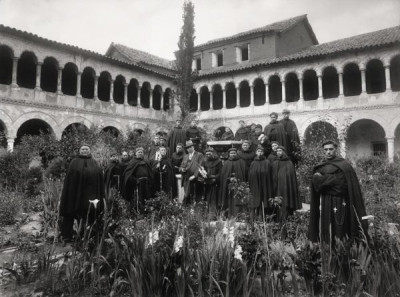
Chambi Collection: Franciscan monks, with Mr. Blysdale, San Francisco Monastery, Cuzco, 1931
- Ref: 080-017-LBW
- Date: 1931
- Artist: Martin Chambi
- Copyright: © Estate of Martin Chambi
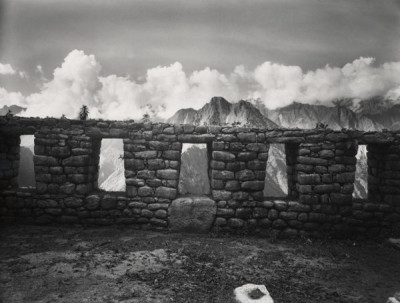
Chambi Collection: Winay Wayna, 1941
- Ref: 080-010-LBW
- Date: 1941
- Artist: Martin Chambi
- Copyright: © Estate of Martin Chambi
Related Works

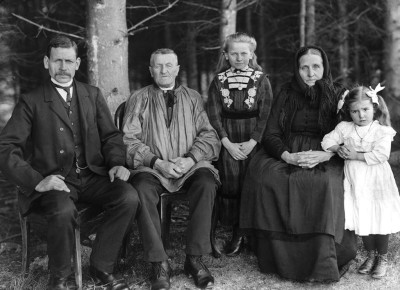
August Sander Collection
August Sander
Photographic
